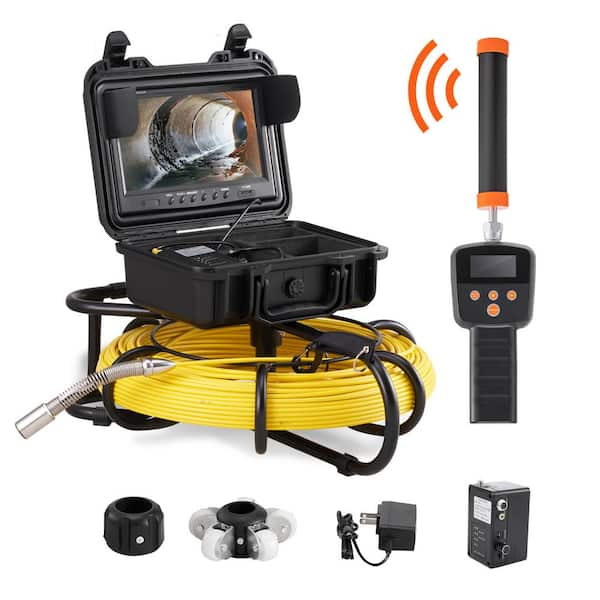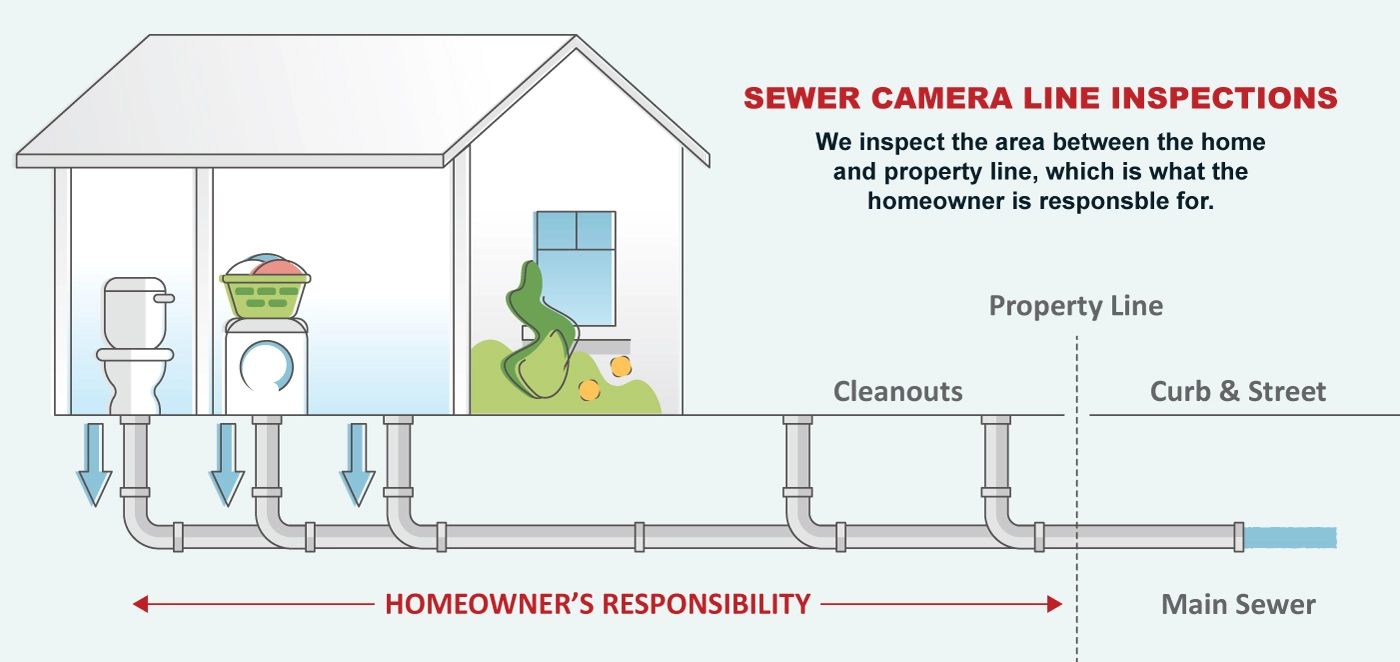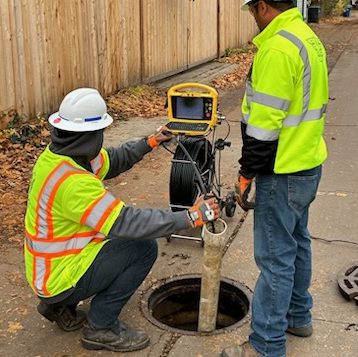. What You Required to Learn About Sewer Line Inspection CT for Older Homes.
. What You Required to Learn About Sewer Line Inspection CT for Older Homes.
Blog Article
Typical Drain Line Problems and Their Solutions: A House owner's Handbook

Tree Root Breaches
Tree root breaches are a typical and significant concern impacting sewage system lines. As trees grow, their origins naturally look for out resources of water and nutrients. Sewage system pipes, particularly older ones made from clay or various other permeable materials, give an eye-catching target. Over time, origins can penetrate little cracks or joints in the pipelines, leading to clogs and eventually triggering significant damages. This invasion can cause slow-moving drainage, sewer backups, and also full pipeline failing if left unaddressed.
Normal evaluations using video electronic camera technology can identify origin visibility before it becomes a severe problem. For a more long-term solution, chemical origin awesomes can be applied to prevent more development within the pipelines. In extreme situations, pipeline relining or replacement might be required to recover the stability of the sewage system line.
Applying safety nets, such as planting trees far from drain lines and using root obstacles, can lessen the threat of future intrusions, therefore protecting the functionality of your drain system.
Pipeline Corrosion
Rust in sewage system pipes is a prevalent problem that can badly jeopardize the integrity and performance of a sewer system. Normally taking place in metal pipelines, such as cast iron or galvanized steel, corrosion results from extended exposure to dampness, chemicals, and various other corrosive agents found in wastewater. Over time, this process weakens the pipeline walls, causing leaks, breaks, and eventually, pipe failing.
The main kinds of pipeline rust consist of consistent rust, where the whole surface of the pipeline corrodes evenly, and local corrosion, such as pitting or hole corrosion, which affect certain locations of the pipe. Determining the early indications of deterioration, such as tarnished water or uncommon smells, is essential for prompt treatment.
Preventing pipeline corrosion entails normal maintenance and evaluations. Using safety coatings, making use of corrosion-resistant products like PVC or polyethylene, and mounting cathodic protection systems can substantially expand the life expectancy of sewer pipelines. In situations where rust is currently extensive, trenchless pipe recovery methods, such as pipeline lining or pipeline bursting, deal effective options without the requirement for extensive excavation. Eventually, proactive management and prompt repair work are necessary to minimize the destructive effects of pipeline corrosion on sewage system systems.
Obstructions and Obstructions
Obstructions and blockages are amongst the most usual and turbulent issues influencing sewage system lines. These obstructions can occur from a selection of sources, including the accumulation of debris such as food, oil, and hair particles, as well as the intrusion of tree roots seeking moisture. Gradually, these materials build up, narrowing the pipeline and eventually leading to finish clogs that can trigger wastewater to back up right into homes.
Preventive steps are vital for alleviating the threat of clogs. Normal upkeep, such as routine hydro-jetting and making use of enzyme-based cleaners, can help keep pipes free from debris. House owners need to likewise be mindful of what they take care of important site down their drains; preventing oil, coffee grounds, and fibrous vegetables can significantly decrease the possibility of obstructions.
When obstructions do occur, expert treatment is often called for. Plumbers might employ a variety of tools, such as augers (additionally referred to as drain serpents) and high-pressure water jets, to separate and get rid of the obstruction. In extra extreme situations, video clip inspection tools can be made use of to diagnose the trouble and find, making sure that the suitable solution is used successfully. Prompt interventions and routine examinations can assist maintain the honesty and performance of sewer lines.
Leaking Sewer Lines
Beyond clogs and obstructions, dripping drain lines present a substantial worry for home owners and towns alike. These leaks can result from different aspects, consisting of pipeline corrosion, moving dirt, invasive tree origins, and deterioration in time. Left unaddressed, dripping drain lines can trigger extensive residential property damage, advertise mold and mildew growth, and posture significant wellness risks as a result of the contamination of groundwater and dirt.

Repair methods depend on the extent of the leakage and the condition of the sewage system line. Minor leakages may be fixed with trenchless repair work techniques, such as pipeline cellular lining or pipe bursting, which are much less intrusive and quicker to finish.
Drain Line Bellies
When it comes to sewer line concerns, one specifically tough issue is the development of drain line stomaches. A sewer line stomach takes place when an area of the pipeline sags or dips, developing a reduced spot where waste and debris can build up. This can lead to reduce water drainage, repeating obstructions, and potential damage to the pipe with time.
The reasons for sewer line tummies are differed. Poor installment practices, dirt disintegration, ground settling, or shifts as a result of temperature level adjustments can all add to the development of these droops - sewer line inspection ct. Identifying a drain line tummy generally calls for a professional inspection utilizing a sewage site web system camera to determine the exact location and extent of the issue
Addressing a sewer line tummy usually involves excavation to reach the damaged pipeline area. When accessed, the sagging portion might require to be replaced or rearranged to ensure proper incline and drainage. In some instances, trenchless repair methods, such as pipeline lining or pipeline bursting, can be used to minimize disturbance while resolving the problem.
Preventative actions, consisting of routine examinations and making certain appropriate setup, can help mitigate the risk of drain line stubborn bellies. Homeowners ought to stay vigilant for indicators of drainage problems and seek specialist assistance at the initial indication of difficulty.
Verdict
In final thought, find resolving usual drain line problems such as tree root intrusions, pipeline deterioration, obstructions, dripping drain lines, and drain line bellies is vital for maintaining a functional and efficient system. Early detection via video clip inspections and the implementation of both irreversible and temporary services can minimize these issues effectively. Regular upkeep practices, consisting of tactical and hydro-jetting tree positioning, more contribute to the prevention of these problems, thereby ensuring the long-lasting integrity of sewer systems.
Deterioration in sewer pipelines is a prevalent problem that can severely compromise the integrity and capability of a sewer system.When it comes to drain line problems, one specifically tough issue is the formation of sewage system line stomaches. A sewer line stomach occurs when an area of the pipe sags or dips, producing a reduced spot where waste and particles can accumulate. Identifying a sewer line tummy commonly calls for a specialist examination utilizing a drain camera to identify the specific place and degree of the issue.

Report this page